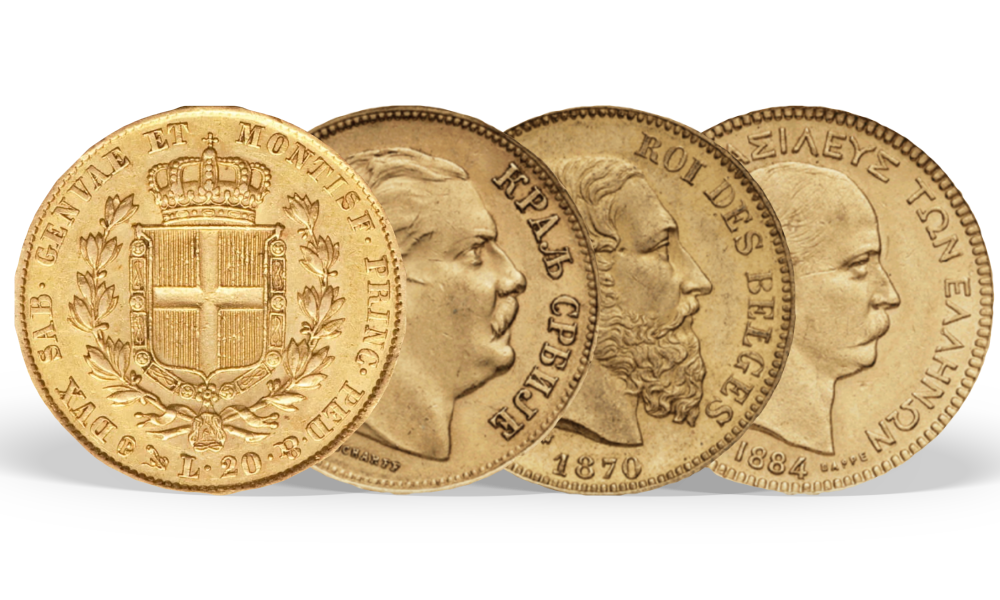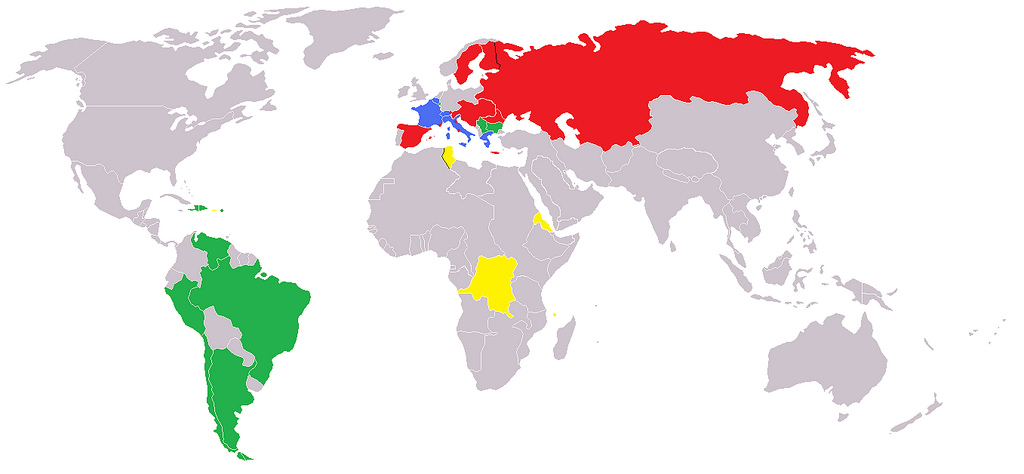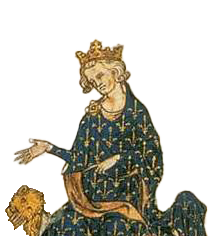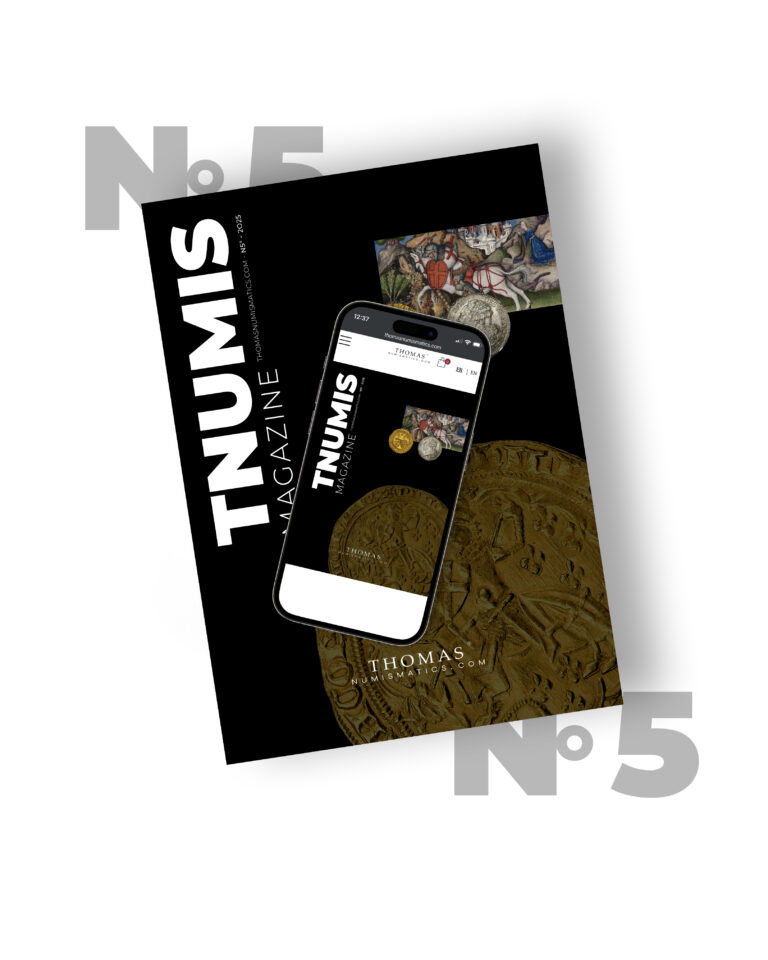
Discover all the news and articles from TNUMIS Magazine exclusively
The Latin Union: a part of European numismatic history
In the fascinating world of numismatics, the Latin Union reveals itself as a multi-faceted monetary epic. This alliance of nations, created at the end of the 19th century, left its mark on the coins issued by its founding members. Let’s delve into the history of the Latin Union, which continues to captivate numismatists to this day.
The origins of the Latin Union
The history of the Latin Union has its roots in the late 19th century. A changing economic climate and shared ambitions led to the formation of this unique monetary union.
Its founding members were France, Belgium, Switzerland and Italy. On the initiative of the French Emperor, Napoleon III, these European nations set up an innovative means of strengthening their economic ties and facilitating trade.
It was at the Paris Convention on December 23, 1865, that the name Union Latine came into being and its rules of coinage were defined. The objective was clear: to establish solid monetary cooperation between the participating nations. They saw the union as an opportunity to simplify trade by standardizing national currencies. By introducing a gold-based conversion system, these currencies were given a stable, harmonized value. In practical terms, currencies circulated freely, and it became possible to shop in Belgium or France with lire or Swiss francs!
A state of mind
The history of the Latin Union is more than just an economic agreement. It reflects the aspirations of an era marked by ideas of solidarity and unity, uniting diverse nations under a common banner. The Latin Union is history’s first monetary union. Like the Euro, each country issued its own coins, while aligning itself with the monetary divisions, to enable currencies to circulate throughout the Latin Union.

Common features of Latin Union currencies
The coins issued by the members of the Latin Union are not only metal artifacts, but also witnesses to this historic period.
Coins minted within the Latin Union became visual witnesses to this economic collaboration. The French franc, the Belgian franc, the Swiss crown, the Italian lira and the Sardinian lira bore the distinctive mark of their country of origin (national effigies and cultural icons), while sharing a common base and a common value. The Latin Union, by partially standardizing the characteristics of the coins, has created harmony while preserving the richness of each culture.
The reference unit was defined within the framework of the Paris Convention and took effect on August 1er 1866. It defined various principles, including :
- “capping the issuance of divisional currencies of 2, 1, ½ and 1/5th units of account;
- maintaining national units of account;
- full bimetallism (simultaneous use of gold and silver coins);
- free circulation of currencies within the Union.

Enlargement of the Latin Union
On October 8, 1868, 4 years after the Paris Convention, Greece was added. Other countries then joined the Latin Union: Austria-Hungary, Sweden, Finland, Russia, Romania, Spain, the Vatican, San Marino, Liechtenstein, Monaco and Crete signed bilateral agreements.
For example, the French 5-franc coin was silver, with a denomination of 900/1000, weighed 25 grams and had a diameter of 37 mm, as did the Leopold II 5-franc, the Hercules 5-franc, the Victor-Emmanuel II 5-lire, the George I 5-drachma and the Alfonso XII 5-peseta.
The same applied to the 20 franc coin. The 20 francs Napoléon I, Albert I and Leopold I were all similar, with a gold content of 22 carats, a weight of 6.45 grams and a diameter of 21 mm.
Other countries, such as Venezuela, Peru, Argentina, Brazil and Chile in South America, and Luxembourg and Serbia in Europe, will align themselves with the convention without ratifying it.
Countries under colonial status such as the Comoros, Belgian Congo, Eritrea, Puerto Rico and Tunisia were automatically included.
In all, 32 countries eventually joined the Latin Union. Notably absent, however, were the United Kingdom and Germany.

The 1865 treaty was gradually emptied of its substance. World War 1ère and its geopolitical context put a definitive end to the Latin Union. Dissolved on January 1, 1927, it remains a cornerstone of European numismatic history. Coins issued during the era of the Latin Union continue to attract the attention of collectors worldwide, and to resonate through the coins that have survived the tumults of history.


